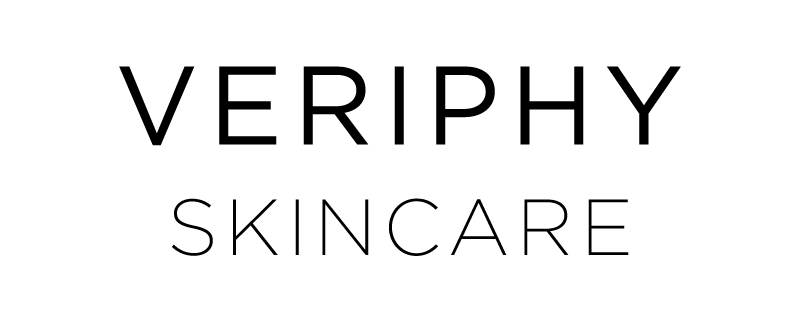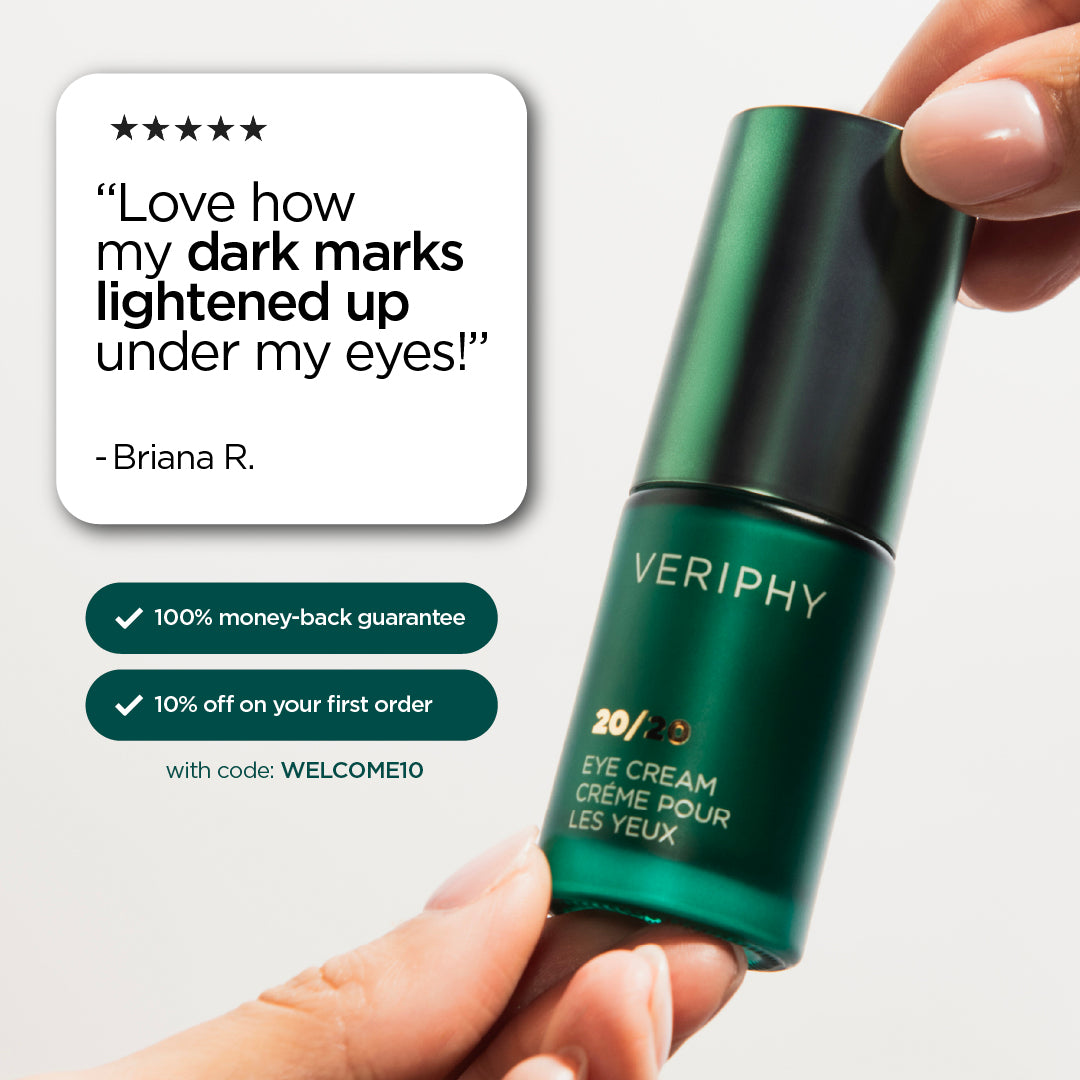
The Science BehindCleansers
With the recent launch of Veriphy’s CTRL+ALT+DELTM facial cleanser, let’s take a look at how cleansers clean your skin.
Using a facial cleanser is an ideal aspect of maintaining skin health. Our skin is covered in dirt! Not in the sense of mud (unless you are doing a mud mask), but rather in the form of sweat, sebum, dead skin cells, residue from other products, and so on. The majority of this dirt is not water-soluble, meaning splashing your face with water will not be enough to remove it. This is where a cleanser is beneficial. Cleansers contain surfactants that lift oil and dirt from your skin so it can be easily washed away. The ideal cleanser can do all of this without damaging the skin’s structure or causing dryness, redness, or irritation.
How does it all work? Well, there are two key processes at play here: interactions at the molecular level and physical interactions.
1) The first process consists of an interaction between the dirt on your face and the surfactants in the cleanser. Surfactants are surface-active agents that reduce the interfacial tension between oil and water, allowing them to come together in harmony. Have you ever placed oil and water in a glass and realized they don’t mix? Surfactants work by creating a type of ‘tiny bubble’ where the oil is trapped in the center and the water is attracted to the outside. These ‘bubbles’ are called micelles. When water is added, by washing your face, these micelles attract the oils and dirt into the center of the micelle, allowing it to be picked up and washed away.
FACT: Surfactants produce the foaming effects in soaps and cleansers. Stronger surfactants typically provide more foaming power; however, they tend to be harsher on your skin, for example, sulfates. Veriphy uses sulfate-free surfactants such as Sodium Cocoyl Sarcosinate, Decyl Glucoside, Cocamidopropyl Hydroxysultaine, and Cocamidopropyl Betaine. These are milder surfactants that still foam, lather easily, and are less irritating to your skin.
2) The second cleaning process is a physical interaction. The friction between your washcloth or hands and the surface of your skin helps to loosen and remove dirt while increasing the interaction between surfactants and oils.
No cleanser is ‘one size fits all’ so it is important to find a cleanser that works best for your skin type!



